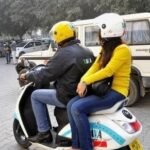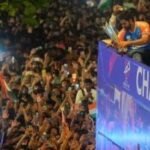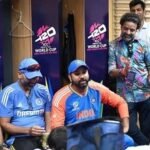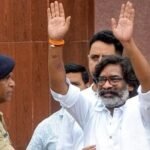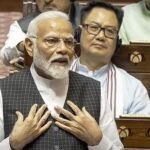In the aftermath of the Galwan clash between India and China, the Indian Army has intensified its efforts to bolster the physical and mental preparedness of its troops. Embracing a holistic approach to training, the Army has incorporated various Indian martial arts into the routine regimen of its regiments, alongside traditional physical exercises.
In response to the unique challenges posed by the rugged terrain and demanding conditions along the Line of Actual Control (LAC), regiments have embraced diverse martial arts practices. For example, the Punjab regiment has integrated Ghatka, the Gorkha Regiment practices the Khukri dance, and the Madras regiment incorporates Kalari Payattu into its training curriculum.
The decision to incorporate martial arts stems from the recognition of its efficacy in enhancing agility, combat readiness, and resilience among soldiers. Major Kartikey Jaiswal highlights the diverse challenges faced during patrolling, including fast-flowing rivers, unpredictable weather conditions, and treacherous terrains. To navigate these challenges effectively, soldiers undergo rigorous training that includes martial arts as a vital component.
Colonel Prince Rohit underscores the significance of training and drills in preparing soldiers to confront the myriad challenges inherent in the terrain of eastern Arunachal Pradesh. The introduction of Israeli-origin martial art Krav Maga by the Udhampur-based Northern Command further exemplifies the Army’s commitment to equipping soldiers with versatile combat skills tailored to specific operational environments.
The integration of Indian martial arts not only honors the rich cultural heritage of the nation but also enhances soldiers’ ability to respond effectively to potential conflicts and confrontations. As clashes may occur unexpectedly during face-offs, martial arts training assumes paramount importance in enhancing soldiers’ preparedness and confidence in the field.
Furthermore, the Army’s emphasis on physical and mental fitness underscores its commitment to maintaining high standards of operational readiness. The Battle Preparedness and Efficiency Test (BEPT) serves as a benchmark for assessing soldiers’ fitness levels, ensuring they meet rigorous standards of physical endurance and resilience.
In light of recent developments, including the revision of the review format for officers’ physical fitness, the Army remains steadfast in its commitment to enhancing the capabilities and preparedness of its personnel.
As India’s brave soldiers continue to safeguard the nation’s borders with valor and determination, the integration of martial arts into Army training reflects a forward-thinking approach aimed at empowering troops and ensuring the nation’s security in an increasingly complex geopolitical landscape.



